

Articles
How To Store Binders
Modified: January 19, 2024
Learn the best techniques for storing your articles with binders. Keep your documents organized and easily accessible with these expert tips.
(Many of the links in this article redirect to a specific reviewed product. Your purchase of these products through affiliate links helps to generate commission for Storables.com, at no extra cost. Learn more)
Introduction
Having an organized and efficient storage system is crucial when it comes to managing binders. Whether you are storing binders in your home or office environment, it is essential to understand the importance of proper binder storage. By implementing the right storage techniques, you can ensure the longevity and quality of your binders, making them readily accessible whenever you need them.
In this article, we will explore the various aspects of storing binders and provide you with valuable tips and insights on how to optimize your storage space. From choosing the right storage area to organizing binders efficiently and preserving their quality, we have got you covered.
So, let’s dive in and discover how you can store binders effectively, be it for personal or professional purposes.
Key Takeaways:
- Proper binder storage is crucial for document management, productivity, and longevity. Choose the right storage space, organize efficiently, and preserve quality to optimize your storage system.
- Whether at home or in the office, investing in proper binder storage, organization, and maintenance pays off in improved workflow efficiency and prolonged binder lifespan.
Read more: How To Store Binders On Bookshelf
Understanding the Importance of Proper Binder Storage
Proper binder storage is crucial for several reasons. Firstly, it helps to maintain the integrity and organization of important documents and information. Binders often contain valuable papers, reports, contracts, and other essential documents. By storing them appropriately, you ensure that they remain secure and easily accessible when needed.
Secondly, proper binder storage can contribute to the overall efficiency of your workspace. When binders are stored in a well-organized manner, it eliminates the time wasted searching for specific documents. This increases productivity and allows for a smoother workflow.
Additionally, proper storage can prolong the lifespan of your binders. Binders are made of various materials, including cardboard, plastic, or even leather. By storing them in the right conditions, you can prevent damage from moisture, sunlight, or other environmental factors. This ensures that your binders remain in good condition for an extended period.
Moreover, maintaining proper binder storage helps to create a clutter-free and aesthetically pleasing environment. It contributes to a sense of order and professionalism, both at home or in the office. By keeping binders neatly stored, it reflects positively on your organizational skills and attention to detail.
Overall, understanding the importance of proper binder storage is essential for effective document management, increased productivity, and preserving the quality and longevity of your binders. Now, let’s explore how to choose the right storage space for your binders.
Choosing the Right Storage Space for Your Binders
When it comes to choosing the right storage space for your binders, there are a few factors to consider. Here are some tips to help you make an informed decision:
- Accessibility: Select a storage area that is easily accessible to you. Consider proximity to your workspace or the frequency with which you need to access your binders. If you frequently refer to specific documents, it might be beneficial to store them closer to your reach.
- Environment: Choose a storage space with a controlled environment. Extremes of temperature and humidity can damage binders and deteriorate the documents inside. Opt for a clean, dry, and well-ventilated area to preserve the quality of your binders.
- Protection: Ensure that the storage space provides adequate protection against dust, moisture, and sunlight. Consider using shelves, cabinets, or boxes to shield your binders from potential damage. If you are storing them on open shelves, make sure to cover them with protective sleeves or dust jackets.
- Space Optimization: Plan your storage space efficiently to make the most of the available area. Utilize vertical storage options like bookshelves or filing cabinets to maximize space. You can also invest in binder organizers or dividers to keep them neatly arranged.
- Security: If you are storing binders with sensitive or confidential information, prioritize security. Ensure that the storage space has appropriate measures in place, such as locks or restricted access, to protect your documents.
By considering these factors, you can choose a storage space that not only meets your practical needs but also ensures the safety and preservation of your binders. Next, let’s explore how to organize your binders efficiently within the chosen storage space.
Organizing Binders for Efficient Storage
Organizing your binders is crucial for efficient storage and easy access to important documents. Here are some tips to help you keep your binders organized:
- Categorize: Start by categorizing your documents and sorting them into logical groups. This could be based on projects, clients, subjects, or any other relevant classification. Having clear categories will make it easier to locate specific information when needed.
- Labeling: Use clear and descriptive labels for each binder. Include the category or subject along with any specific details that will help you identify the contents at a glance. Label both the spine and front cover of the binder to easily read and locate them on the shelf.
- Ordering: Arrange your binders in a logical order that makes sense to you. This can be alphabetical, numerical, or any other sequencing method that works best for your needs. Consistency in ordering will simplify the retrieval process and save you valuable time.
- Utilize Dividers and Tabs: Use dividers and tabs within each binder to create sections for different subtopics or chapters. This further enhances organization and allows for quick navigation within the binder. Consider color-coding the dividers for added visual clarity.
- Remove Unnecessary Documents: Regularly review the contents of your binders and remove any outdated or irrelevant documents. This will free up space and make it easier to locate the most relevant information.
- Keep an Index: Create a master index or table of contents for your binders. This can be a separate document or sheet that provides an overview of what each binder contains. Referencing the index will help you quickly locate the specific binder you need.
By implementing these organizing techniques, you can streamline your storage system and effortlessly locate the information you require. Now, let’s explore the storage considerations for both home and office environments.
Store binders vertically on a shelf to prevent warping and make it easier to access individual binders. Use bookends to keep them upright and organized.
Storing Binders in a Home or Office Environment
Whether you are storing binders in a home office or a larger corporate workspace, the principles of efficient binder storage remain the same. Here are some considerations for storing binders in both environments:
- Assess Available Space: Evaluate the available space in your home or office and determine where you can dedicate an area for storing binders. This could be a shelf, cabinet, or even a dedicated storage room.
- Consider Security Needs: Depending on the nature of the documents stored in your binders, you may need to take additional security measures. Install locks on cabinets or storage areas to protect sensitive information.
- Collaboration and Accessibility: If you are working in an office environment with multiple team members, consider how to make the binders easily accessible to everyone who needs them. This could include creating a shared storage area or using a digital document management system for collaboration.
- Ergonomics: Ensure that the height and placement of the storage area are comfortable and ergonomically friendly. Avoid storing binders in awkward or hard-to-reach locations to prevent strain or potential accidents.
- Regular Maintenance: Regularly review and update your binder storage system. Remove any unnecessary or outdated documents and reorganize as needed. This will help maintain an efficient and clutter-free storage space.
- Backup and Redundancy: Consider making digital backups of important documents stored in binders. This can provide an additional layer of security and ensure that important information is accessible even if physical copies are damaged or lost.
By considering these factors, you can create an optimal storage environment for your binders in both home and office settings. Now, let’s explore some valuable tips for storing binders to preserve their quality.
Read more: How To Store Binder Clips
Tips for Storing Binders to Preserve Their Quality
Proper storage techniques can help extend the lifespan and preserve the quality of your binders. Here are some important tips to keep in mind:
- Avoid Extreme Temperatures: Keep binders away from areas with extreme temperature fluctuations, as high heat or cold can damage materials and documents. Optimal temperature range is typically between 60 to 75 degrees Fahrenheit.
- Protect from Sunlight: Keep binders away from direct sunlight as it can fade colors and weaken materials over time. If storing binders on open shelves, consider covering them with a fabric sleeve or placing them in a box to shield from light exposure.
- Prevent Moisture and Humidity: Moisture and humidity can cause damage to binders, such as mold growth or warping. Ensure that the storage area is dry and well-ventilated. Consider using dehumidifiers or moisture-absorbent products if necessary.
- Use Acid-Free Materials: When using dividers, tabs, or storage boxes, opt for acid-free or archival-quality materials. Acidic materials can deteriorate documents and affect the longevity of your binders.
- Handle with Clean Hands: Before handling binders or documents, make sure your hands are clean and dry. Oils, dirt, or moisture on your hands can transfer onto the binder materials and degrade their quality over time.
- Store Upright: Store binders in an upright position to prevent sagging or deformation. This helps maintain the integrity of the binder’s spine and prevents damage to pages inside.
- Avoid Overstuffing: Avoid overfilling binders as this can strain the mechanism, cause pages to rip, or distort the shape of the binder. Leave some extra space for documents to ensure proper closure and prevent unnecessary stress on the binder rings or clamps.
- Regular Cleaning: Dust and clean binders periodically to remove any buildup that can accumulate over time. Use a soft cloth or brush to wipe away dust and debris, ensuring that the documents and surfaces remain clean and well-maintained.
By following these tips, you can prolong the lifespan and maintain the quality of your binders, ensuring that they are in excellent condition whenever you need to access them. Now, let’s discuss the importance of maintaining and cleaning binders for long-term usability.
Maintaining and Cleaning Binders for Longevity
Regular maintenance and cleaning are essential for preserving the longevity and usability of your binders. Here are some tips to help you keep your binders in top condition:
- Inspect Regularly: Take the time to inspect your binders regularly for any signs of wear or damage. Check the binder rings or clamps, hinges, and covers to ensure they are functioning properly. Replace any damaged or worn-out parts to prevent further deterioration.
- Reinforce Weak Binders: If you notice that the binder rings or clamps are becoming loose or weak, reinforce them with binder repair kits or reinforcements. This will help maintain the structural integrity of the binder and prevent pages from falling out.
- Remove Dirt and Dust: Use a soft cloth or a brush to gently remove dirt and dust from the surfaces of your binders. Pay special attention to the corners, edges, and crevices where dust can accumulate. Regular cleaning helps to keep the binders looking fresh and prevents buildup over time.
- Clean Binder Rings: Over time, binder rings can accumulate debris, making it difficult to open and close the binder smoothly. Use a cotton swab or a small brush to clean the rings and remove any dirt or residue that may interfere with their functionality.
- Repair Loose Pages: If you notice any loose or torn pages in your binders, repair them promptly. Use tape, adhesive, or archival-quality document repair products to secure loose pages and prevent further damage.
- Avoid Excessive Pressure: Avoid placing heavy objects on top of your binders, as this can cause unnecessary pressure and distortion. This is especially important when storing binders in stacks or piles to prevent damage to the lower binders.
- Backup Important Documents: Consider making digital copies or backups of essential documents stored in your binders. This extra precaution ensures that even if the physical binder is damaged or lost, you still have access to the important information.
- Proper Handling: When using binders, handle them with care to prevent stress on the rings or clamps. Avoid excessive force when opening or closing binders, and be cautious not to drop them or mishandle them, as this can cause significant damage.
By following these maintenance and cleaning tips, you can ensure that your binders remain in optimal condition for a long time, allowing you to access your documents easily and without any issues. Now, let’s wrap up everything we have discussed.
Conclusion
Proper storage and organization of binders are essential for efficient document management, easy access, and the preservation of their quality. By understanding the importance of proper binder storage, choosing the right storage space, and implementing effective organizational techniques, you can optimize your storage system and enhance productivity.
When storing binders in a home or office environment, consider factors such as accessibility, environment, protection, space optimization, and security. By assessing these aspects, you can create a storage area that meets your specific needs and safeguards your important documents.
Organizing binders for efficient storage involves categorizing, labeling, ordering, utilizing dividers and tabs, and regularly assessing and removing unnecessary documents. These practices streamline your storage system and save you time when searching for specific information.
Preserving the quality of your binders requires proper storage techniques, such as avoiding extreme temperatures, protecting them from sunlight and moisture, using acid-free materials, handling them with clean hands, storing them upright, and avoiding overstuffing. Regular maintenance and cleaning, including inspecting binders, reinforcing weak parts, removing dirt and dust, and repairing loose pages, contribute to the longevity of your binders.
Remember, maintaining and cleaning your binders is as important as the storage itself. By following these tips, you can ensure that your binders remain in excellent condition, preserving their usability and protecting your valuable documents.
In conclusion, investing time and effort into proper binder storage, organization, and maintenance pays off in the long run. With a well-optimized storage system, you can easily locate and access your documents, improve workflow efficiency, and prolong the lifespan of your binders. So, implement these tips and enjoy the benefits of an organized and functional binder storage system!
Frequently Asked Questions about How To Store Binders
Was this page helpful?
At Storables.com, we guarantee accurate and reliable information. Our content, validated by Expert Board Contributors, is crafted following stringent Editorial Policies. We're committed to providing you with well-researched, expert-backed insights for all your informational needs.
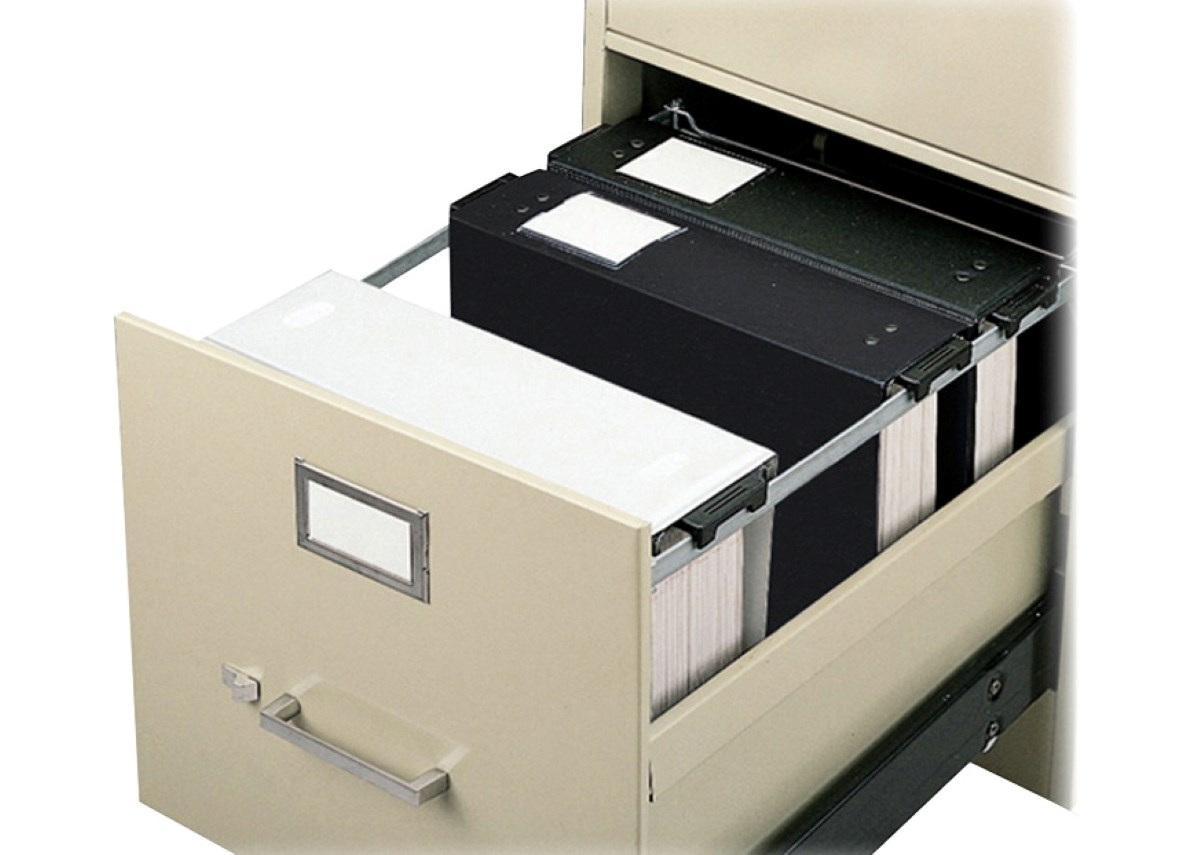

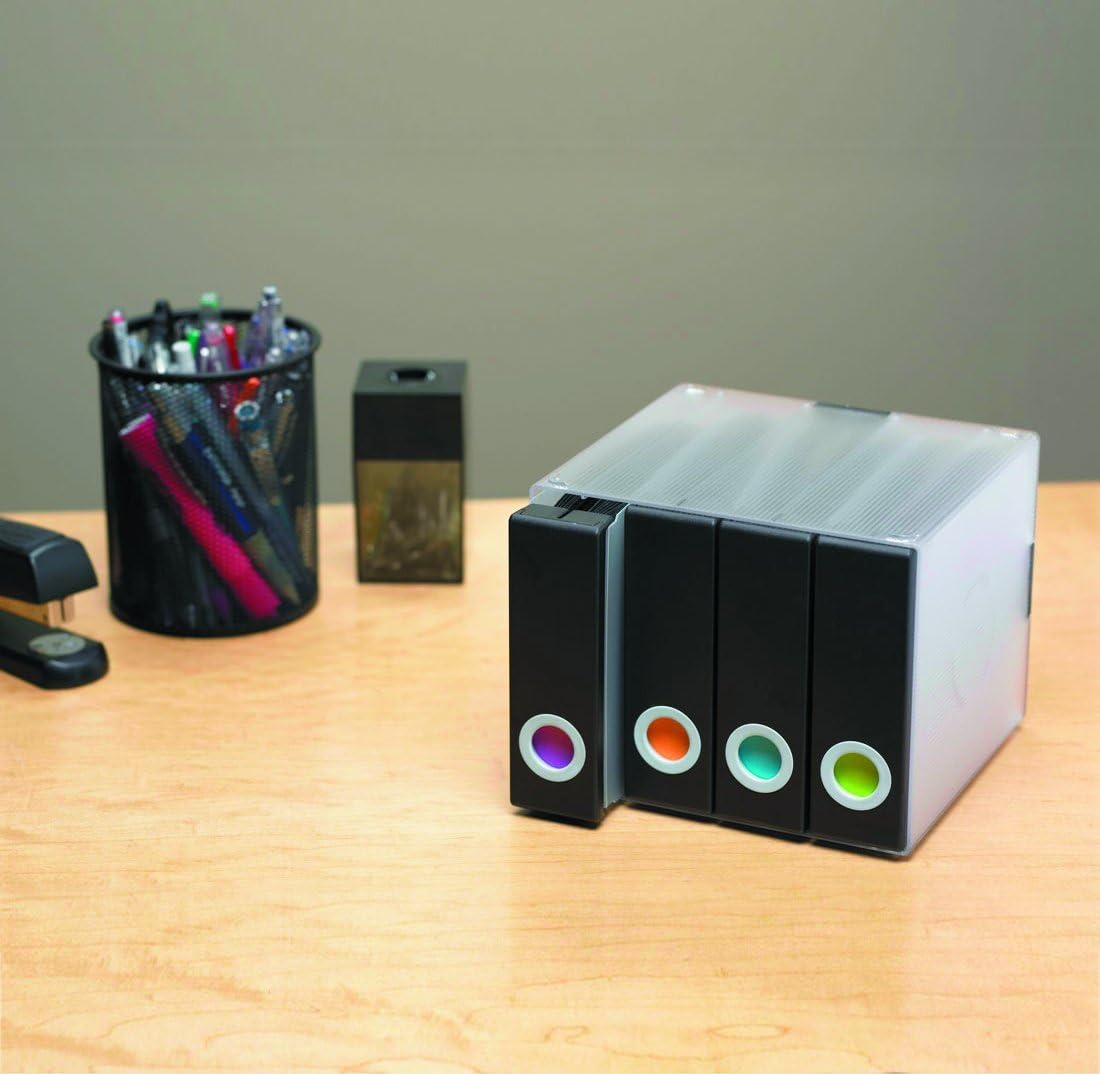





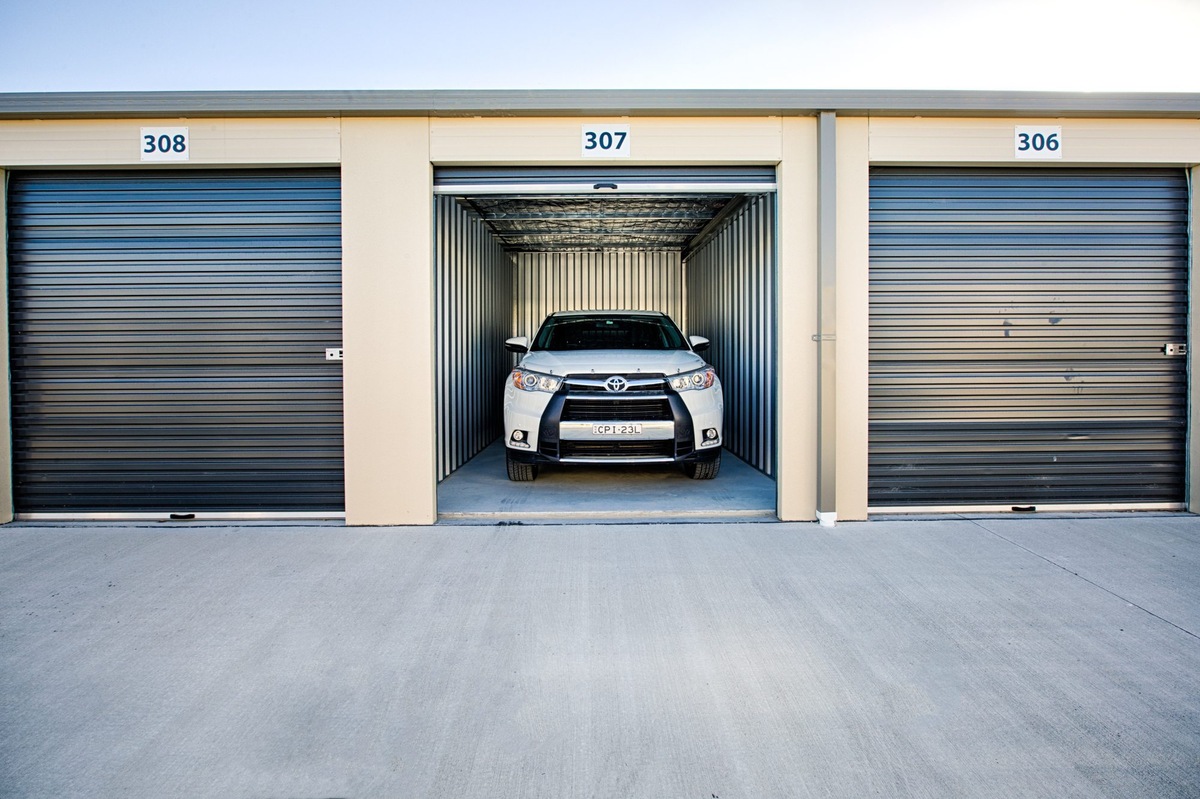


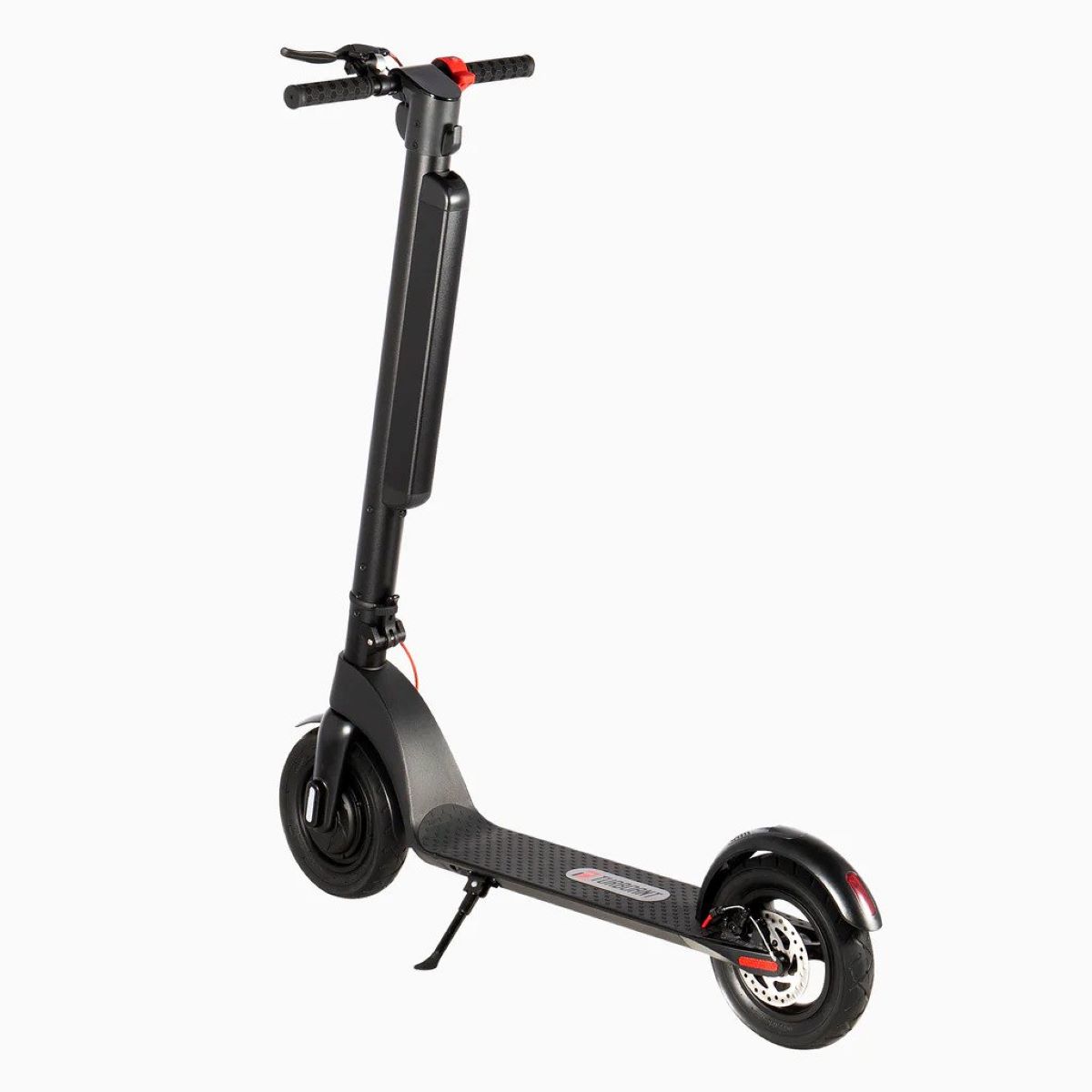
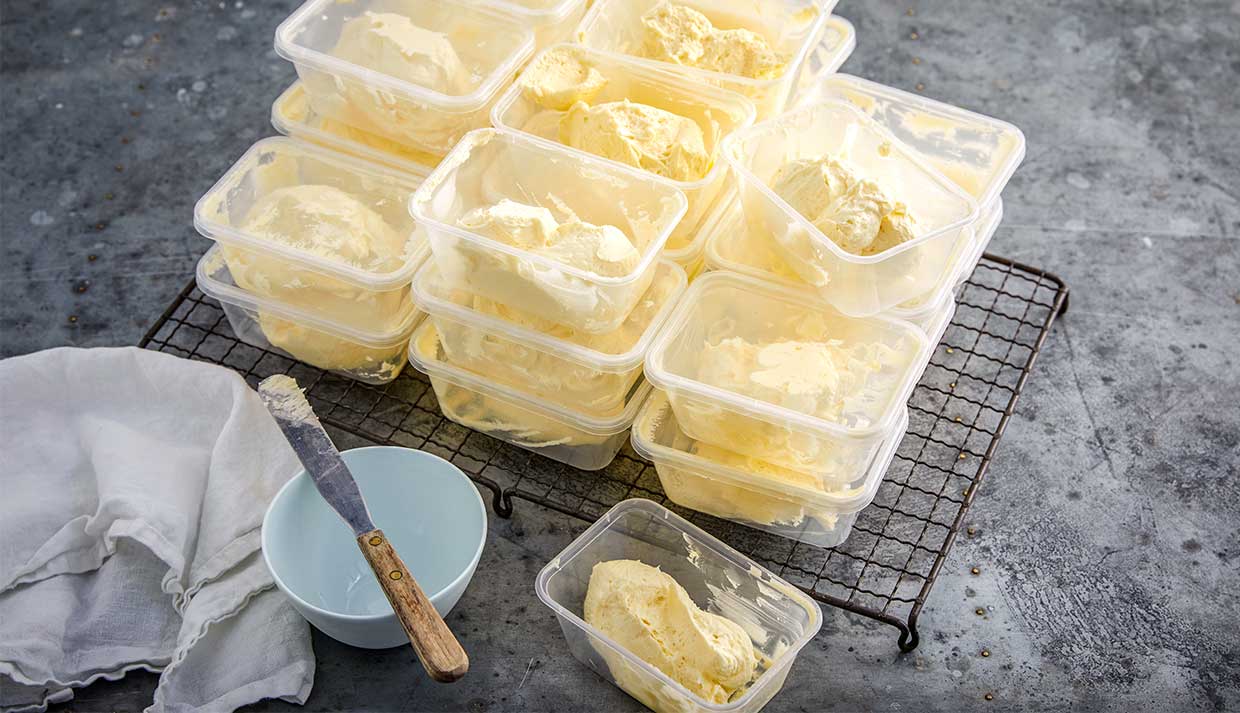


0 thoughts on “How To Store Binders”